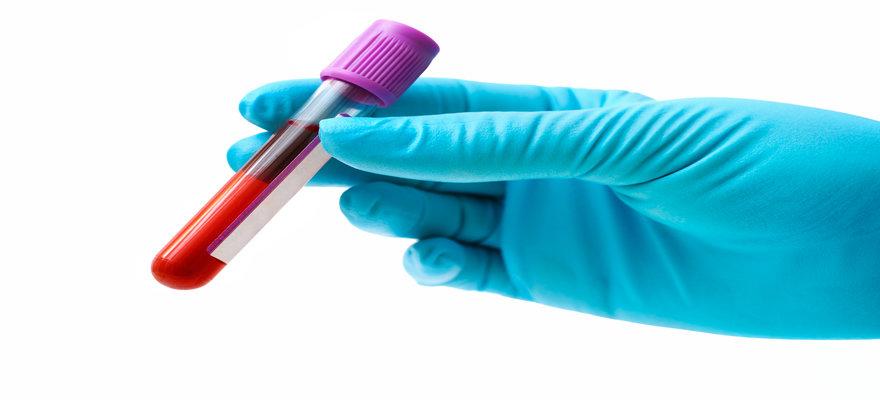Testing for the ingestion of alcohol can be important for a variety of cases, criminal and otherwise. However, ethanol is quickly absorbed by the body, so once metabolism occurs testing for alcohol abuse often becomes difficult.
Blood and urine samples can be taken, but results tend to be weak as compounds soon deplete. Thus, the discovery of new alcohol testing methods has decreased erroneous results, and helped ensure we get the most accurate data.
Testing Hair for Alcohol: The Discovery of Ethyl Glucuronide
In 1993, it was discovered that remnants of alcohol could be found in hair follicles, particularly after sustained alcohol abuse. You only have 80 hours to collect urine samples, but signs of abuse last much longer in hair, allowing you to trace usage some 3-6 months after the event.
Ethyl Glucuronide (EtG) builds up on hair via sweat, which can be removed and tested to verify suspected alcohol ingestion. Only a small amount of sample material is required for testing, but results can be affected by cosmetic products that contain alcohol and ethanol, such as gels, sprays, dyes etc.
Even excessive hair washing can skew results, so the testing of EtG in hair should only be used to complement other tests, rather than as a standalone practice.
More Markers For Alcohol Abuse: Fatty Acid Ethyl Esters
The discovery of a secondary alcohol by-product - Fatty Acid Ethyl Esters (FAEE) - meant that there was another way to quantify the data produced by EtG tests. Instead of being built up via sweat, FAEE accumulates via the blood and other tissues. This means that, instead of coating the hair, FAEE is a far more integral component of hair and is created by alcohol ingestion.
Tests have revealed that FAEE’s are easier to detect thanks to a higher sensitivity than alcohol markers found in blood and urine. They could also be used to assess whether the alcohol consumption was excessive, thanks to the presence of four distinct FAEE’s (ethyl myristate, ethyl palmitate, ethyl oleate and ethyl stearate). When all are present, this is demonstrable of severe alcohol abuse.
Two Methods of Testing Brought Together for More Exact Data
The use of FAEE detection in hair is not without its flaws, just like EtG. In a comparative study of forensic results, tests that sought FAEE and EtG reached identical verdicts 68% of the time. In some of these cases, FAEE would be negative and EtG positive and vice versa, depending on the sample and the subject tested. Whilst the idea of a false negative is not ideal, a false positive is far more troubling, especially when results are used in criminal cases. It’s important to investigate reasons for conflicting evidence, so that more reliable testing can be carried out.
Through comparative studies, trends were soon noted relating to test subjects. The ways in which these differing results occurred related to the hair products they used. Although FAEE provides superior results, it was found to offer false positives in cases where certain kinds of hairspray had been used. On the other hand, false negatives were found when testing for EtG thanks to the use of dyes and bleach. Whilst this may seem problematic, the fact that these two ethanol traces can be influenced by different sources is of use to those testing the samples.
Conclusion
So we now have two different compounds to test for, each indicating an ingestion of alcohol, which can easily be tracked via 0-6 cm hair strands. Whilst there are flaws with both, thanks to the many ways in which we treat our hair, the combined use of both tests will reveal the most accurate results.
Where the tests agree, this offers a substantial indication of alcohol ingestion. However, even in cases where data conflicts, additional details from the test subject, i.e finding out what hair products they use, can offer greater insight into why a false positive or negative is recorded.
When interpreted by experts, the end results are much stronger than testing for EtG alone.
Ultimately, verifying alcohol ingestion is now much more accurate, and being able to trace back six months’ use allows us to track patterns of behaviour. Even without supporting evidence from the subject, the two tests complement each other enough to make the data compelling.
For a quote on Alcohol Hair Testing or for any other questions, please contact us on 0203 4243 470 or request a quote online.

